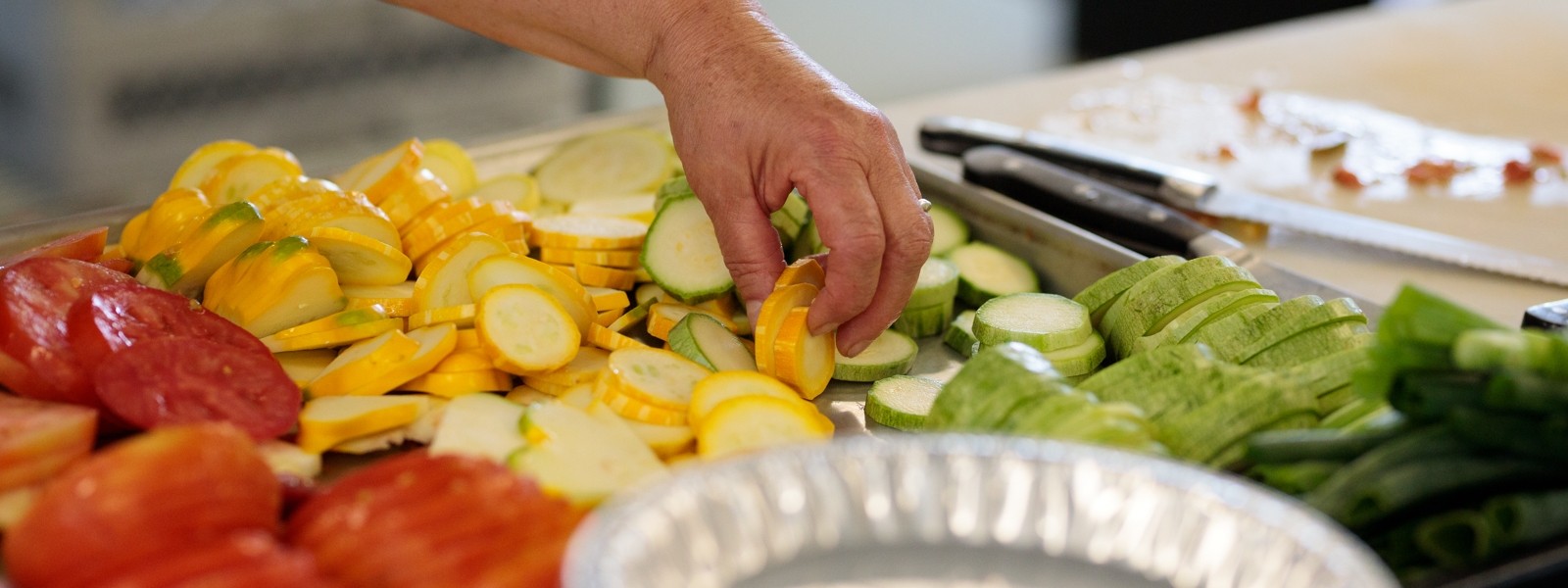Greens: Storage Tips
Storing food in small amounts is easy, but in larger quantities it can be tricky in our increasingly energy efficient homes. Most greens store best in a plastic bag in the refrigerator. Here are some more tips for keeping your greens fresh.
Storage Conditions A dark place that is 38-42 degrees Fahrenheit and 90 percent humidity is perfect. The refrigerator is the perfect environment for greens. Keep them in a plastic bag to retain moisture.
How to Pack Them Store well for a few weeks in the refrigerator in plastic bags.
While in Storage Remove any yellowing or declining leaves as they appear. Giving the bottom end of the stems a fresh cut every few days helps keep your greens crisp. If they become wilted, set them in a bowl of cold water for a few hours and they’ll crisp right up. Cabbage keeps very well, just peel off the bad leaves and put it back in the fridge.
How Long They Last If kept moist, at an even cool temperature, most greens will last a week or more. Greens are good unless they are very yellowed, stinky, or at all slimy. Tender greens like lettuce, spring mix, spinach, and arugula can last up to a week. Hardier greens like radish greens, beet greens, and swiss chard will last a bit longer. Really hardy greens like parsley, kale, turnip greens, and collard greens will last 1-2 weeks. Cabbage can last for months.
Other Tips Just like cut flowers, greens can be kept in a tall glass on the counter. And why not? They’re gorgeous! Add just enough fresh, cold water to have the freshly cut stem-ends submerged. Change water and spritz greens daily.
A Note on Storing Food Storing food in small amounts is easy, but in larger quantities it can be tricky in our increasingly energy efficient homes. Small amounts of things that like it moist like greens, roots, and tubers can be stored in the refrigerator, and things that like it drier like onions, garlic, and winter squash can be stored on the counter top. When trying to determine the right place in your home to store a box or boxes of produce, a good place to start is by monitoring temperatures in your home. Get a bunch of thermometers and place them in closets, hallways, and the places that are generally dark and have mostly even temperatures. Chart those temperatures through a winter before you get too serious about storing food.
Learn about storing potatoes, carrots, beets, parsnips and similar roots, onions and garlic, and winter squash.

